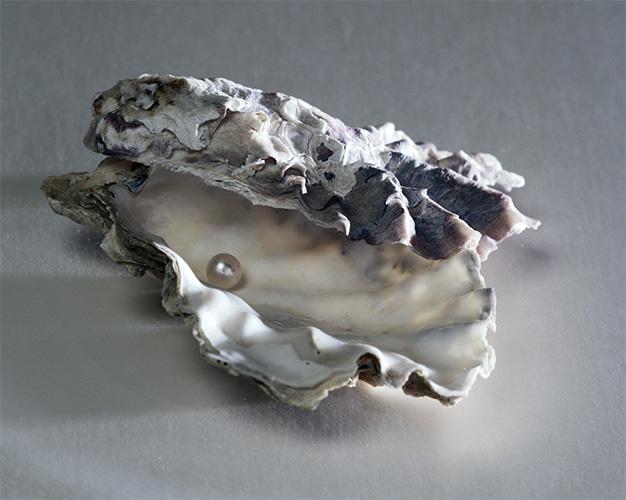
Performing DNA analysis on pearls by sampling the pearls’ nacre with minimal damage.
Goal
DNA can be extracted from the pearl's nacre which consists of about 92% of Calcium carbonate (CaCO3), 4% water and also 4% organic material. The goal is to extract the DNA present in the organic part and to analyze informative regions of the DNA. Analyzing these regions should solve identification issues considering the origin (host species and locality) of the pearl. The aim is to sample the pearl minimally and without visible damage while the quantity is still sufficient for DNA analysis.
Method
After pulverizing some nacre material DNA can be extracted from the sample. DNA extraction follows a strict protocol and takes several days. The process is continued with amplifying specific regions from the DNA sample to get them ready for DNA sequencing; meaning exactly determining the base pair order from the amplified region of a specific pearl. In the following analysis, the acquired sequences will be compared to known sequences from a database to identify the species.
Challenges
- Defining the minimal amount of sampling material for DNA analysis.
- Determining the appropriate DNA regions to solve identification issues.
- Producing (partly) a reference DNA database with well-identified specimens.